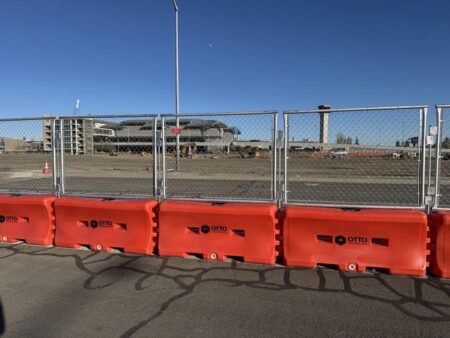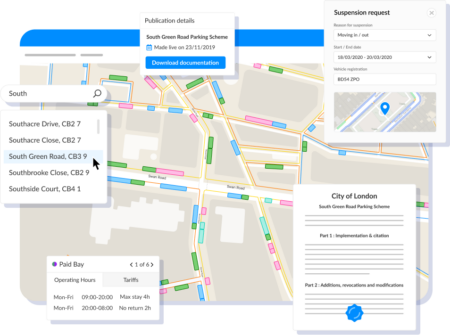With nearly 800 people killed on the USA’s roads every month in speed-related crashes, the Governors Highway Safety Association (GHSA) and the Insurance Institute for Highway Safety (IIHS) are launching a partnership to support a new type of state program to reduce the figures.
GHSA and IIHS are working with the National Road Safety Foundation (NRSF) to award one or more grants in 2020 to develop and implement a speed-management pilot program. State agencies will be eligible to compete for the grant by proposing an interdisciplinary, community-based program that combines proven and innovative countermeasures from the areas of engineering, high-visibility enforcement, communications, advocacy and policy. IIHS experts will evaluate the pilot program with the goal of identifying a model that can serve as a national template. To provide states and communities with more details about the new grant program, the GHSA and IIHS will host an informational webinar on November 14, from 2p.m. to 3p.m. ET.
The speed project grew out of an April 2019 national forum hosted by IIHS and GHSA that brought together a diverse group of stakeholders to discuss ways to address the speed problem. Highway safety advocates, researchers, and local, state and federal officials spoke about how enforcement challenges, rising speed limits, and public acceptance of speeding have added new urgency to the problem. More than 9,000 fatalities in 2018, or 26% of all the USA’s crash deaths, were speed-related. High speeds increase the likelihood of a crash because it takes a driver longer to stop or slow down. They also make collisions more deadly because crash energy increases exponentially as speeds go up.
“Our three organizations are teaming up because we need to rethink how we address speeding,” said the GHSA’s executive director, Jonathan Adkins. “We will be taking different approaches like engineering, enforcement, and community engagement, and breaking them out of their silos to more effectively target speeding and ultimately change the prevalent culture around this dangerous driving behaviour.”
IIHS president, David Harkey, said, “The program aims to follow the example of the national ‘Click It or Ticket’ program on seat belt enforcement. That program started as a successful pilot project in North Carolina and was eventually scaled up nationwide.”
Michelle Anderson, the NRSF’s director of operations, added, “Speed has remained a leading fatal crash factor for decades and there is no way we will get to zero traffic deaths without prioritizing this persistent highway safety threat.”





